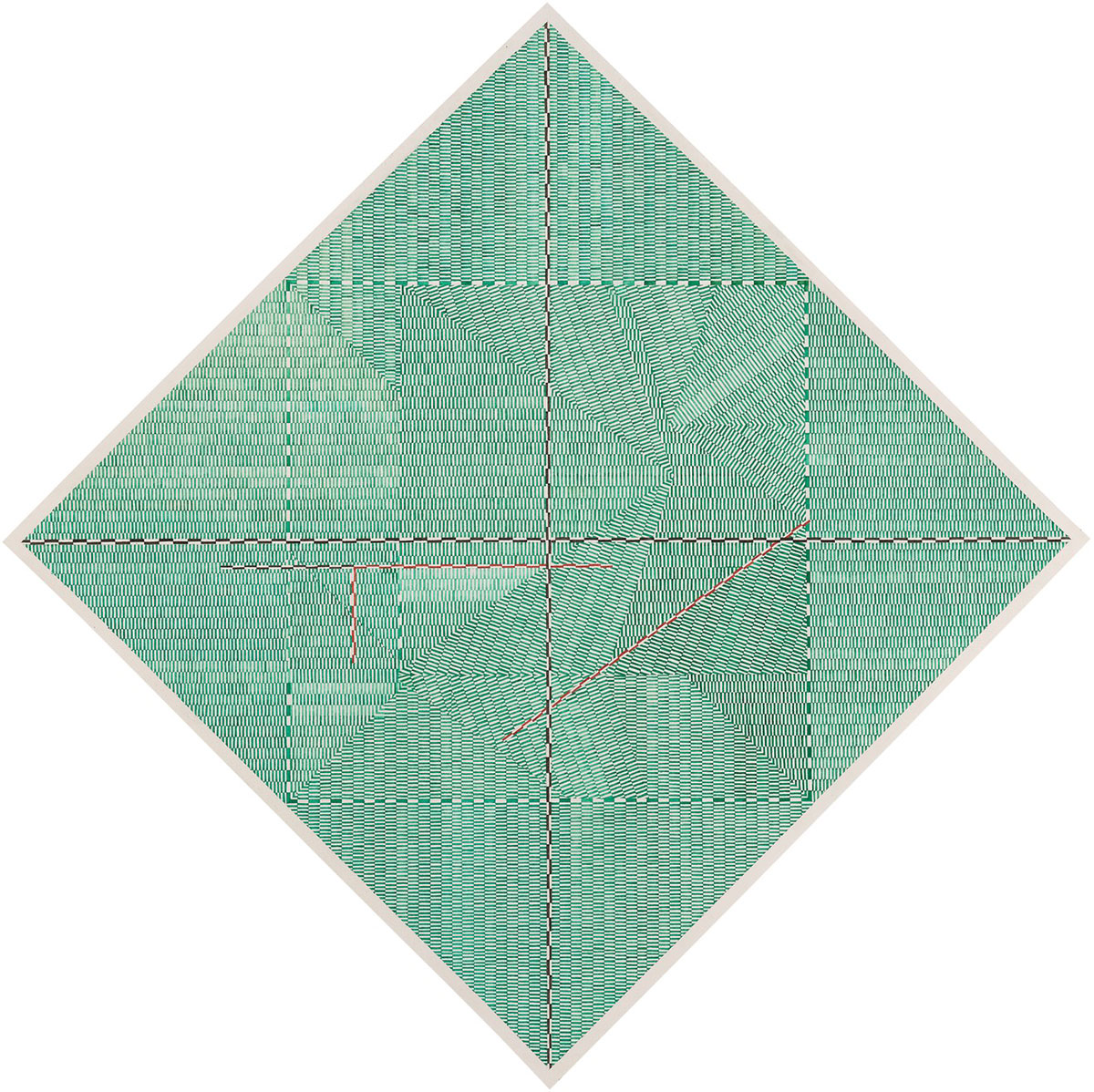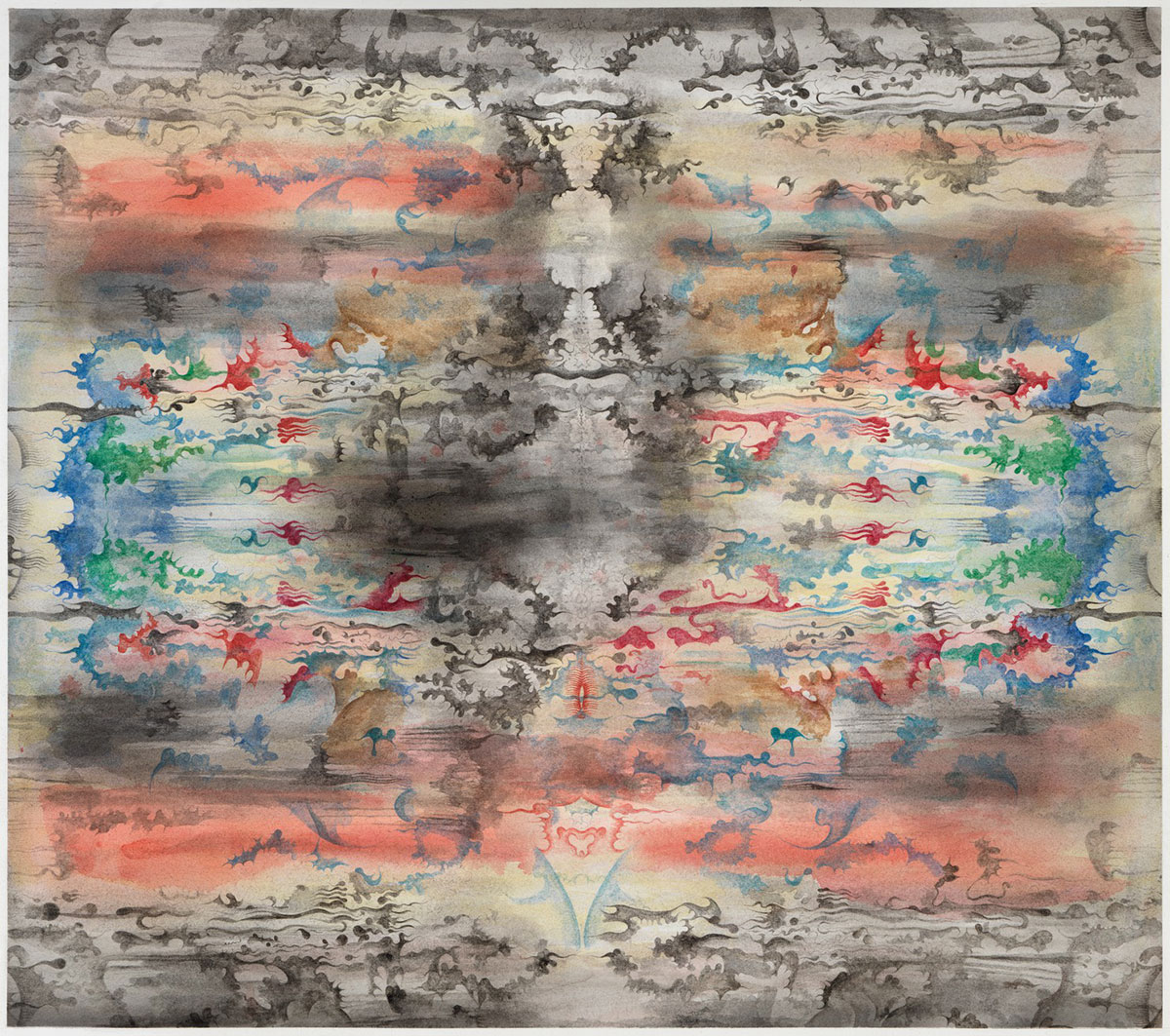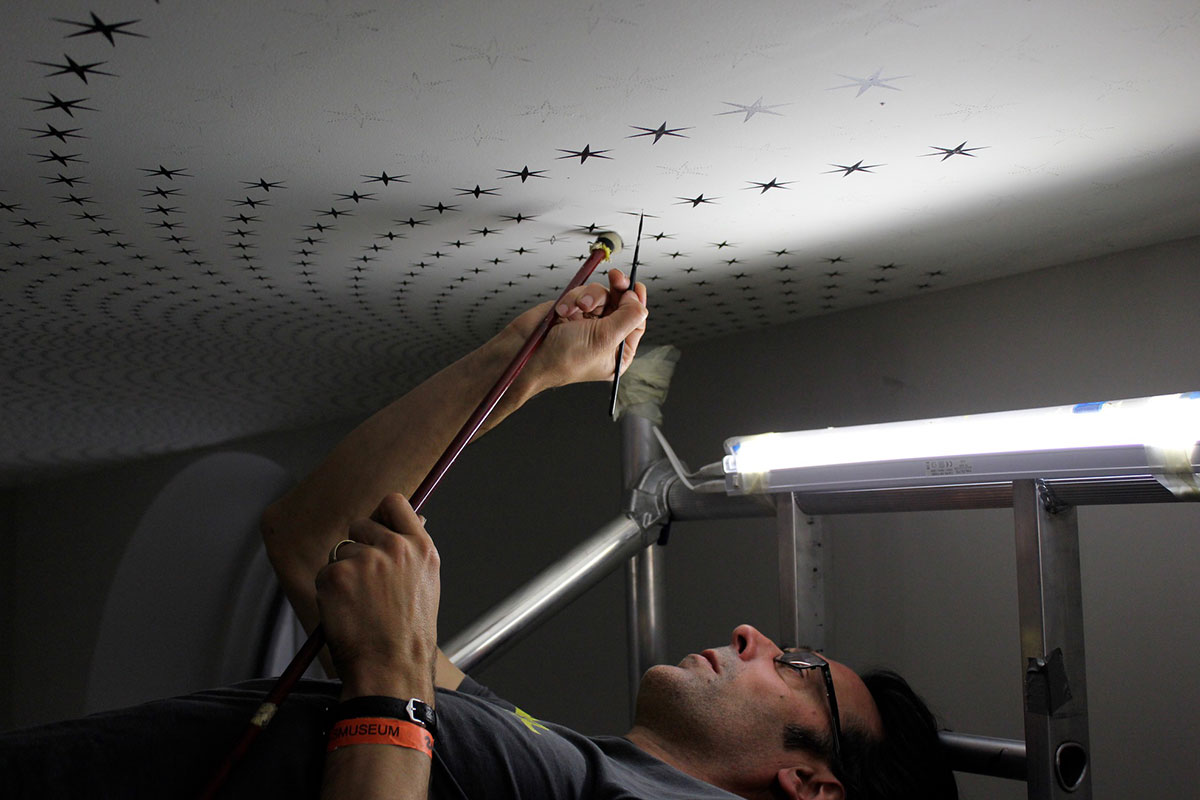ART CITIES: London-Richard Wright
 Richard Wright is a British painter and installation artist who created directly on gallery walls his intricately detailed and visually arresting abstract paintings. Each of his works was site-specific and temporary, emphasizing the essential fragility and ephemeral nature of his art. In 2009 Wright won Britain’s renowned Turner Prize for contemporary art.
Richard Wright is a British painter and installation artist who created directly on gallery walls his intricately detailed and visually arresting abstract paintings. Each of his works was site-specific and temporary, emphasizing the essential fragility and ephemeral nature of his art. In 2009 Wright won Britain’s renowned Turner Prize for contemporary art.
By Efi Michalarou
Photo: Gagosian Archive
Richard Wright ‘s solo exhibition in London features painted objects, works on paper, books, and painting executed on the gallery interior. Wright is known for large-scale and site-specific and often temporary painted and applied metal-leaf installations and leaded window works that invest architectural spaces with new optical and associative complexity. Shifting between illusionism and abstraction, his projects alter the viewer’s perception of space. Incorporating graphic and ornamental elements, they allude to Minimalism and Renaissance art, as well as to commercial image making. In his stylistically diverse works on paper, Wright employs ink drawing, gilding, printmaking, enamel, and watercolor painting techniques. A new site-specific painting at the Gagosian gallery incorporates the surfaces of an internal door, Wright once again disrupting the traditionally static relationship between artwork and viewer by drawing attention to an architectural feature that, while habitually considered purely functional, maintains a rich symbolic history. In mythology, religion, and literature, doors suggest the transition from one world to another; in psychology and psychoanalysis, they represent choices and decisions. Painting on a large nineteenth-century oak cabinet, Wright recasts the still-functional piece as a vessel of abstract visuality. The gridded design, characteristic of his most recent work, suggests patchwork quilts or tiled walls, while also evoking the dizzying retinal effects of Op art. In several painted book works, Wright layers designs over the printed pages of much-loved volumes from his personal collection, in some cases improvising on their existing illustrations, in others obscuring the images entirely or adding images to text. These works evoke a wide variety of sources and references, from medieval illuminated manuscripts to Tom Phillips’s painted and collaged bookwork “A Humument: A Treated Victorian Novel” (1966–2022), in which the artist transforms an obscure original into an entirely new personal narrative. Fully and actively engaged with the history of design as well as of abstract and figurative painting, Wright approaches making book works as if authoring visual-verbal guides to his practice as a whole. The same could be said for his drawn and painted works on paper, which are similarly intricate and immersive. The pages of some are covered with thousands of delicate strokes; elsewhere, more fluid organic designs, kaleidoscopic patterns, and typographic extrapolations predominate, sometimes betraying an ongoing interest in Russian Constructivism.
Photo: Richard Wright, No Title, 2020 Watercolor on paper, 30 ¾ × 30 ¾ inches (78 × 78 cm), © Richard Wright. Photo: Prudence Cuming Associates Ltd, Courtesy the artist and Gagosian
Info: Gagosian Gallery, 17–19 Davies Street, London, United Kingdom, Duration: 29/3-13/5/2023, Days & Hours: Tue-Sat 10:00-18:00, https://gagosian.com/


